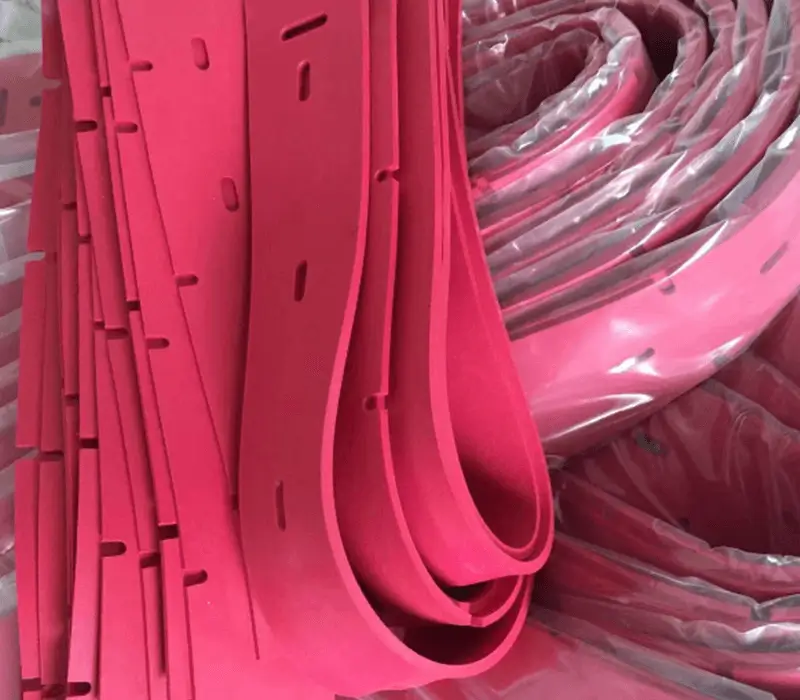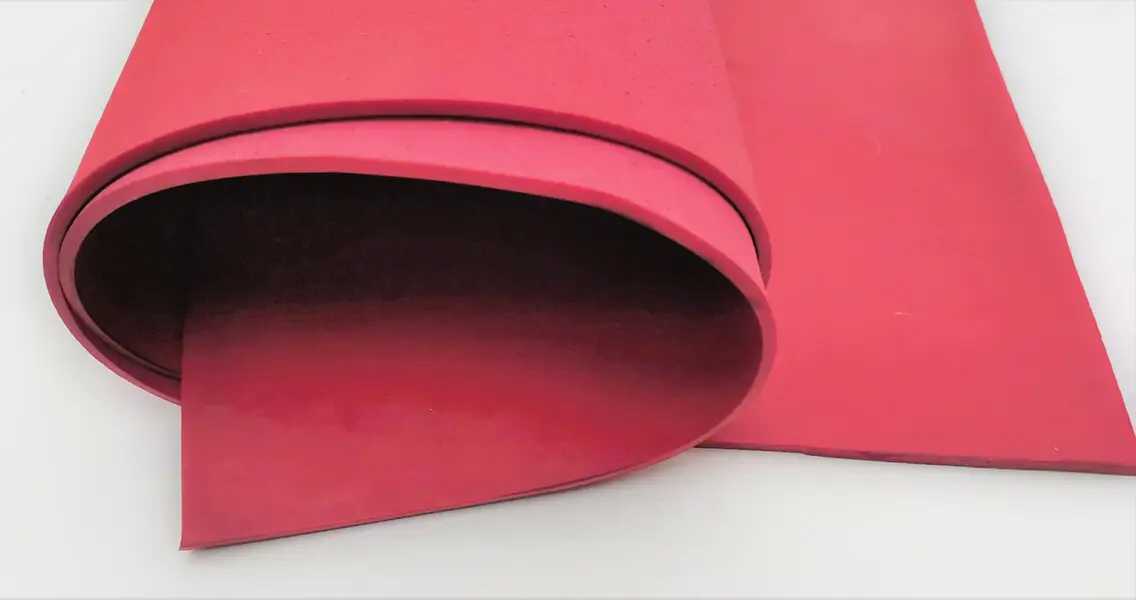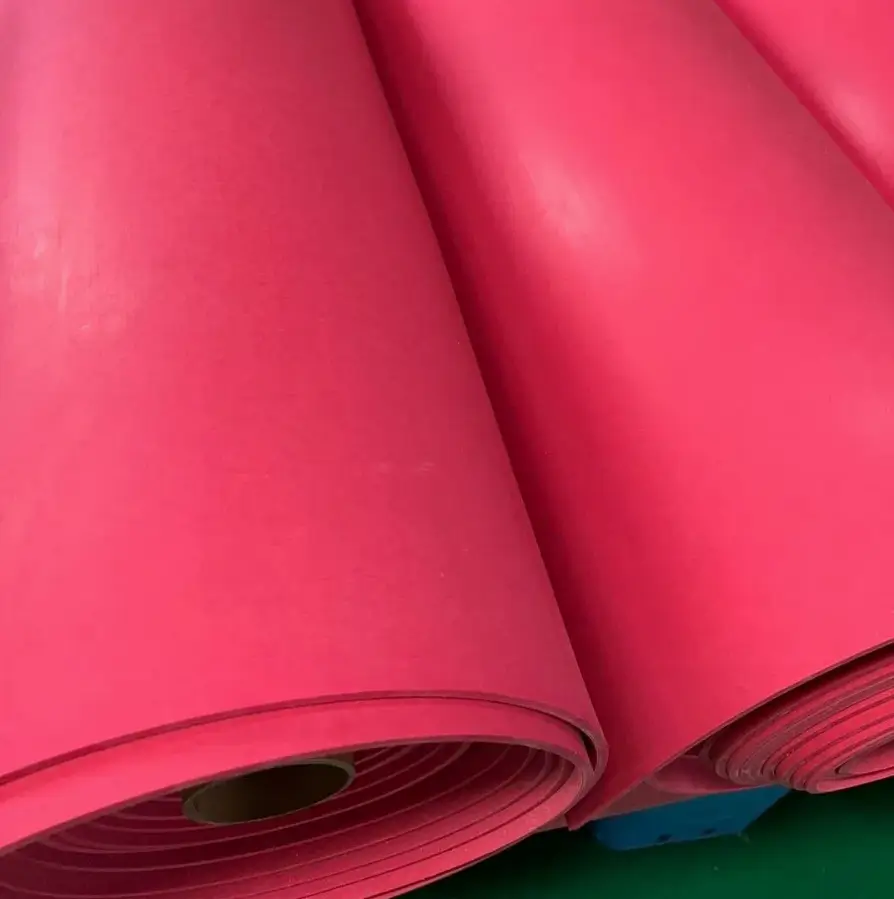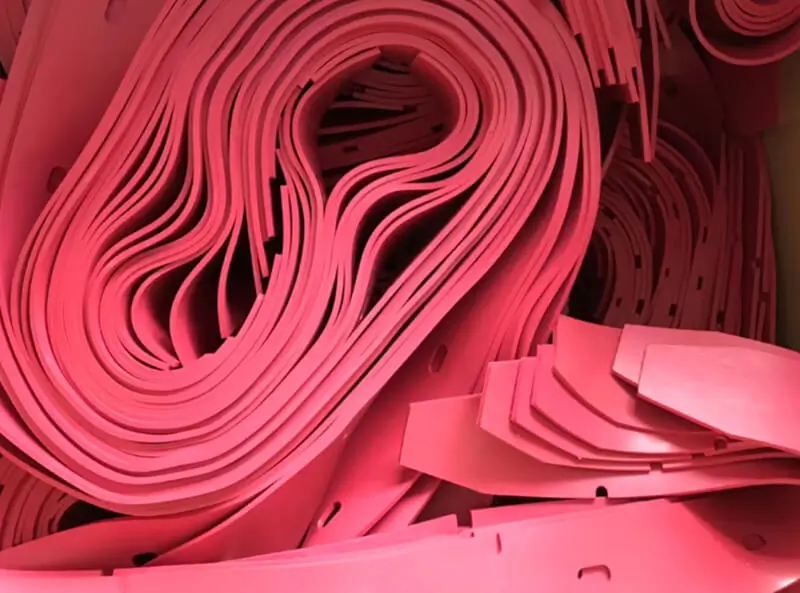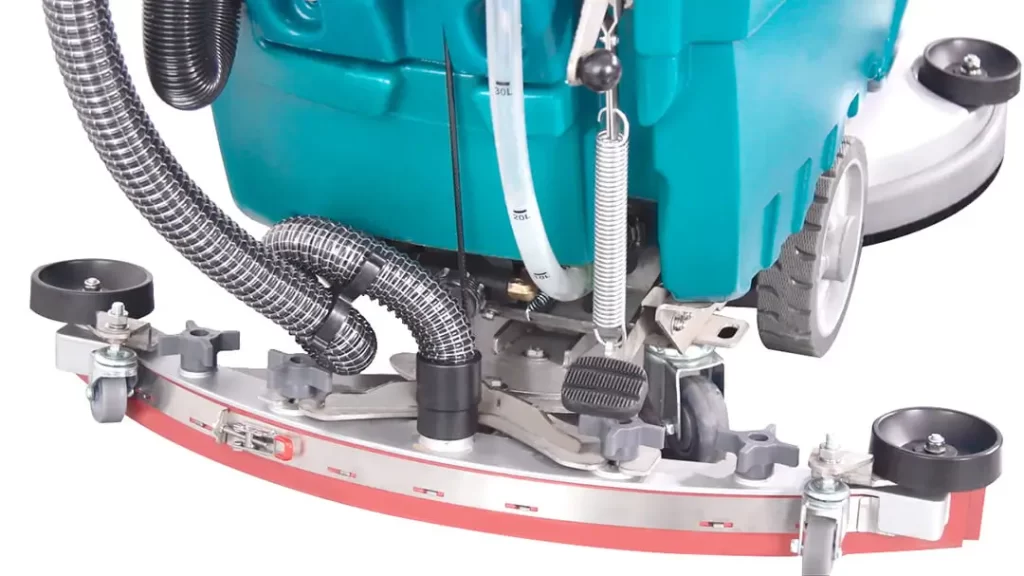DEF Rubber Co.,Ltd.
We are glad to offer free samples to people who are interested in our products. You just need to fill a form.
Learn about the working logic of the Rubber Lined Three-Way Diverter Valve and how DEF Rubber can revolutionize diverter valves.
What is a Three-Way Diverter Valve?
A Three-Way Diverter Valve uses a simple ball valve design. When slurry flows into one side, the thrust moves the wear-resistant rubber ball to block the opposite inlet, directing the slurry out through the exit. If the slurry enters from the other side, the ball shifts to block that inlet, thus redirecting the flow. See the diagram below for the working principle:
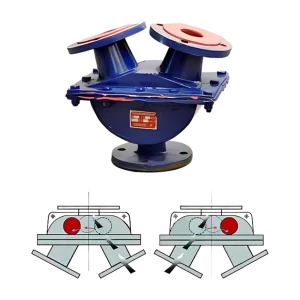
Why Use DEF Rubber Lining in a Three-Way Diverter Valve?
Continuous slurry flow and ball movement can cause significant wear inside the valve. Hard internal structures would reduce the sealing performance, making rubber lining essential.
Advantages of Using DEF Rubber Lining in a Three-Way Diverter Valve:
- Excellent Wear and Corrosion Resistance: DEF Rubber performs exceptionally well under wet abrasive conditions, protecting the valve interior from wear and corrosion.
- Long Lifespan: DEF Rubber’s nano-reinforcement technology preserves the long molecular chains of the rubber, providing superior wear and tear resistance, lasting over three times longer than traditional rubber.
- Superior Sealing: The central wear-resistant rubber ball has high elasticity and wear resistance, with over 80% rebound. It’s lighter and more responsive than metal balls, requiring minimal slurry flow to roll and seal the other side, virtually eliminating leakage.
- Clogging Resistance: The slurry flow moves the central ball along its track to close the other inlet. The elastic nature of the rubber prevents jamming and clogging.
- Easy Automation: The valve can automatically switch direction with the natural slurry flow, simplifying automation without complex operations.
The three-way diverter valve design simplifies systems that traditionally required dual pumps and pipelines, eliminating the need for manual switching. This effectively adds an automatic diverter valve, saving an entire pipeline system. Valves lined with DEF Rubber are easy to use, have a long lifespan, and are highly responsive, gaining increasing recognition among valve users.
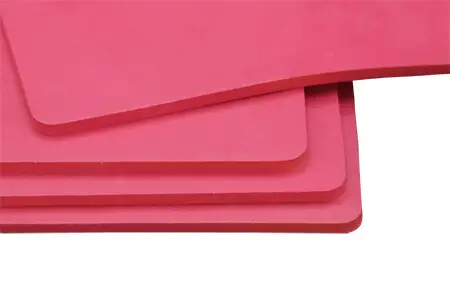
DEF employs an ultra-high molecular weight nano-curing agent, enhancing its wear resistance significantly.
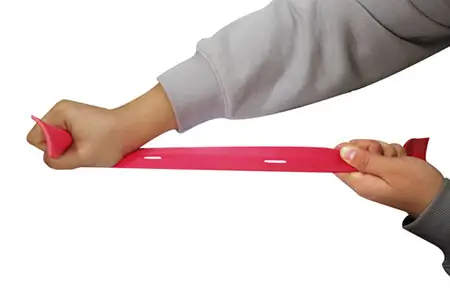
During operation, the Natural Rubber Sheet may be damaged in these areas without sufficient tear strength in the material.
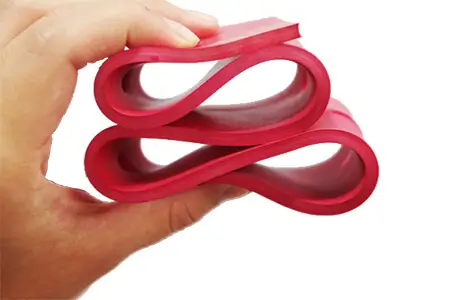
Greater material resilience ensures faster restoration, maintaining high airtightness in assembly parts.

Oily environments, traditional rubber can expand and deform, so consider using Oil-Resistant Rubber Sheets.
More Information About Rubber Lined Three-Way Diverter Valve
You may still have many questions about Rubber Lined Three-Way Diverter Valve. Continue to check the FAQs about it.


